Sometimes the world feels like it’s running at full volume, and you need somewhere to turn down the noise. America still holds plenty of peaceful corners where the loudest sound might be wind through trees or water lapping against rocks. These aren’t your typical tourist traps packed with selfie sticks and tour buses.
Finding true tranquility in nature doesn’t require a passport or months of planning. Here is a list of 16 US destinations where you can disconnect from the chaos and reconnect with the natural world around you.
Olympic National Park, Washington

The Pacific Northwest delivers solitude in spades — Olympic National Park stands as proof that untouched wilderness still exists in America. This massive park spans nearly a million acres, offering everything from temperate rainforests to rugged coastlines where you might not see another person for hours. The Hoh Rainforest feels like stepping into a fairy tale. Moss-draped trees create a green cathedral that naturally hushes your voice, while the air itself seems thick with ancient silence. Beach camping along the coast lets you fall asleep to the rhythm of waves, far from any city lights or traffic sounds.
Boundary Waters Canoe Area, Minnesota
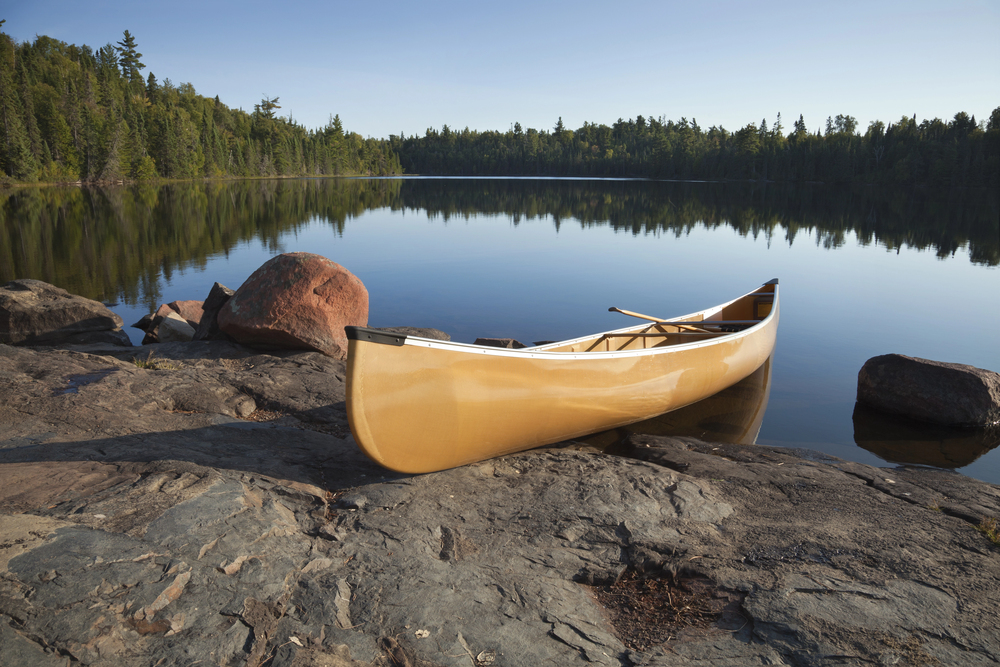
Picture this: a million acres of pristine lakes connected by portage trails, where motorboats are banned and silence reigns supreme. The Boundary Waters offers a kind of quiet that most people have forgotten exists — broken only by the call of loons echoing across still water. Paddling these interconnected waterways feels like traveling back in time, when life’s pace matched the rhythm of your paddle strokes. You’ll camp on rocky islands under star-filled skies. Nothing but the gentle lap of water against your canoe marks the passing hours.
Great Sand Dunes National Park, Colorado
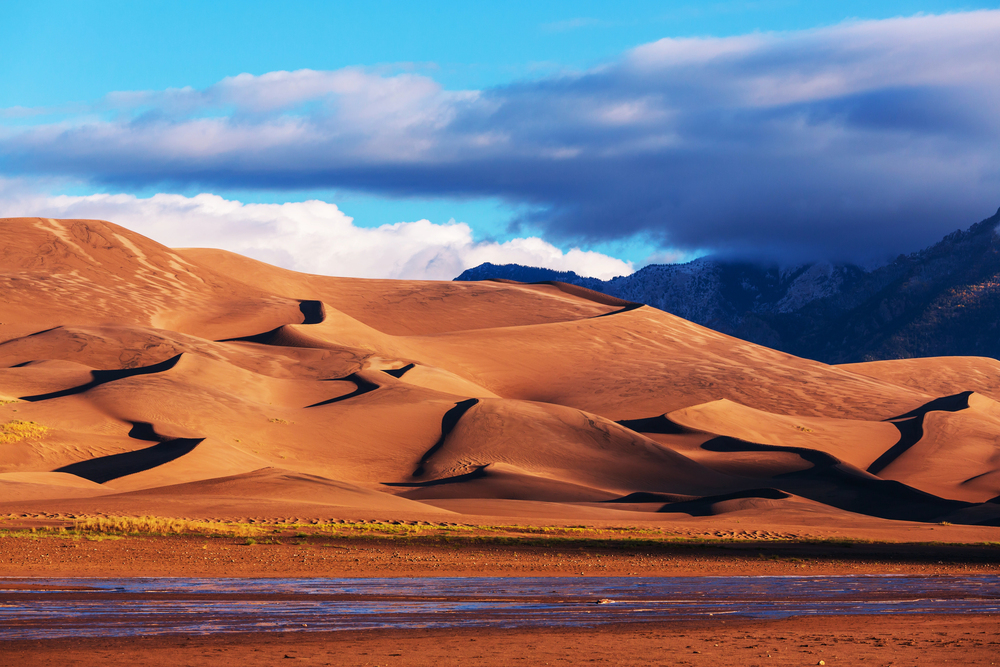
At first glance, sand dunes in Colorado might seem out of place, yet this otherworldly landscape offers a unique kind of peace. The 30-square-mile dune field sits against the dramatic backdrop of the Sangre de Cristo Mountains — creating a scene that feels almost Martian in its beauty. Climbing the dunes provides a workout that’ll leave you breathless, though reaching the top rewards you with 360-degree views and profound isolation. The sand shifts constantly with the wind, ensuring that your footprints are temporary while the landscape remains forever changing.
Channel Islands National Park, California
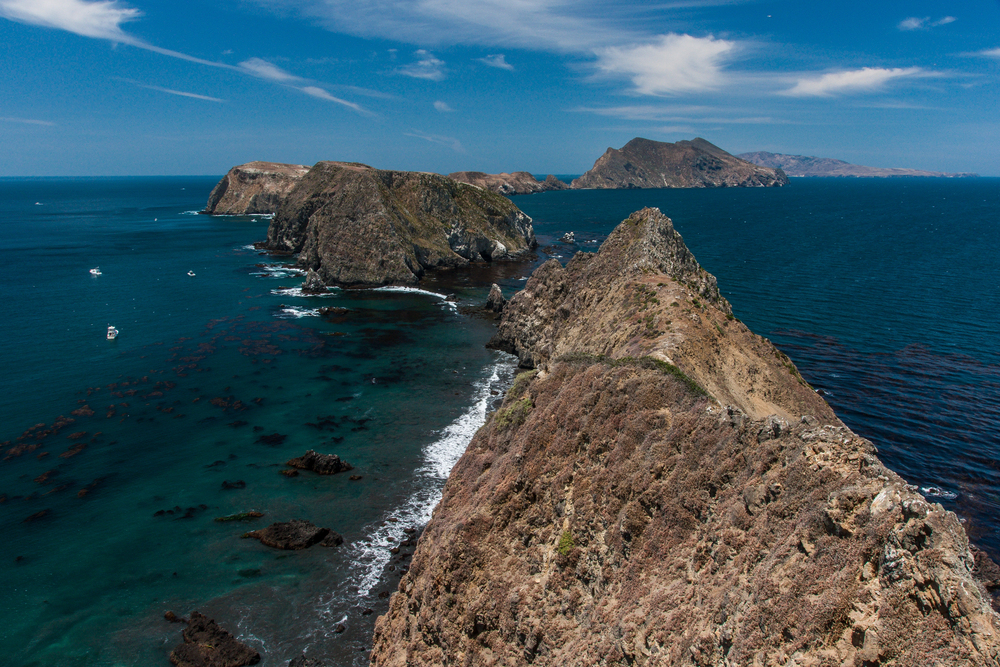
Often called ‘California’s Galapagos,’ the Channel Islands float 20 miles off the coast like forgotten gems in the Pacific. Reaching these islands requires a boat ride that immediately separates you from mainland chaos — once you arrive, you’ll discover landscapes that have remained largely unchanged for centuries. Sea lions bark on rocky shores while island foxes, found nowhere else on Earth, trot along coastal bluffs without fear of humans. The absence of light pollution makes nighttime magical, with the Milky Way stretching across the sky in a way that reminds you how small we really are.
Pictured Rocks National Lakeshore, Michigan
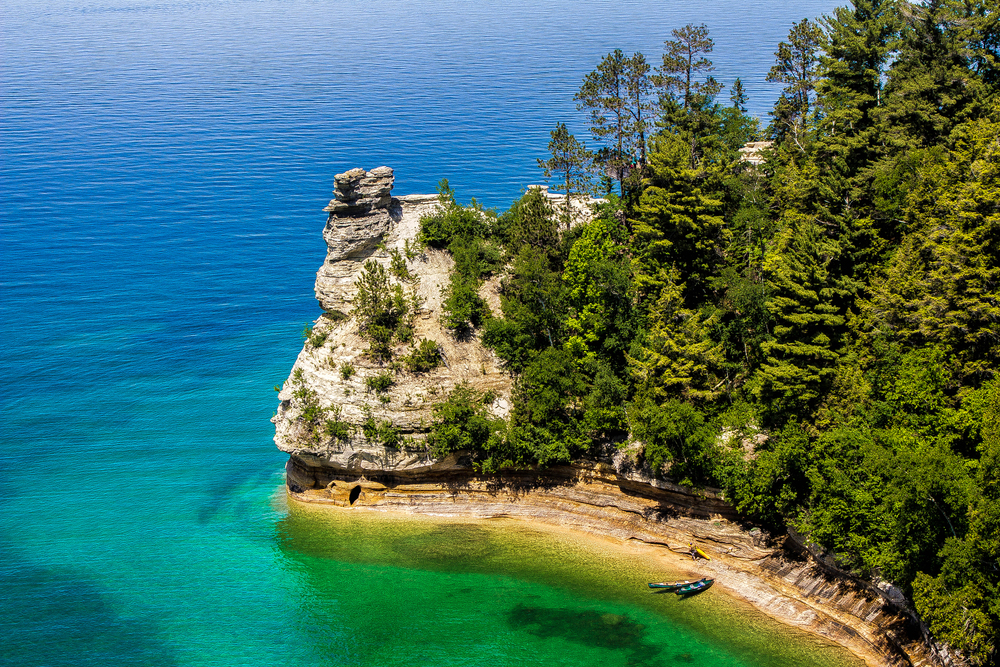
Lake Superior’s south shore showcases some of the most stunning scenery in the Midwest — colorful sandstone cliffs rise directly from crystal-clear water. The aptly named Pictured Rocks stretch for 40 miles, painted in natural hues of red, orange, yellow, and green by minerals seeping through the stone. Kayaking along these towering cliffs gives you a water-level perspective that few visitors experience. Meanwhile, hiking the North Country Trail offers clifftop views that seem to stretch forever, while the lake’s massive size creates its own weather patterns that often shroud the area in peaceful mist.
Big Bend National Park, Texas
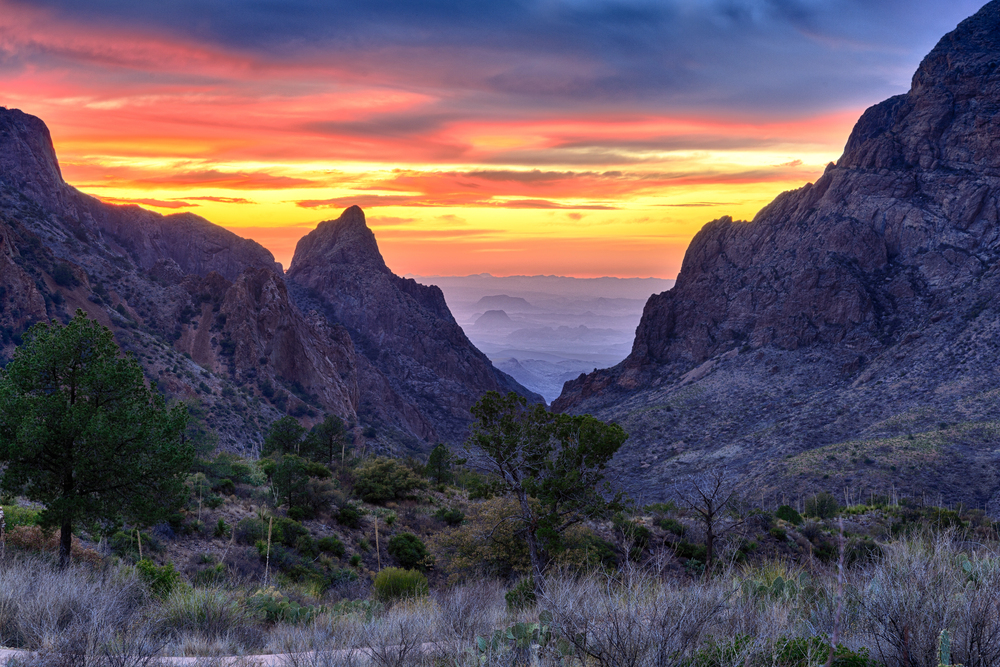
Everything really is bigger in Texas — including the silence you’ll find in this remote desert park along the Rio Grande. Big Bend covers 800,000 acres of Chihuahuan Desert, where the nearest town sits over 100 miles away and cell phone service becomes just a memory. The desert might seem empty at first glance, though it’s actually teeming with life adapted to this harsh environment. Roadrunners dart between cacti while javelinas root through desert scrub, and night brings a symphony of sounds: coyotes howling, owls calling, the rustle of creatures emerging in cooler darkness.
Glacier Bay National Park, Alaska
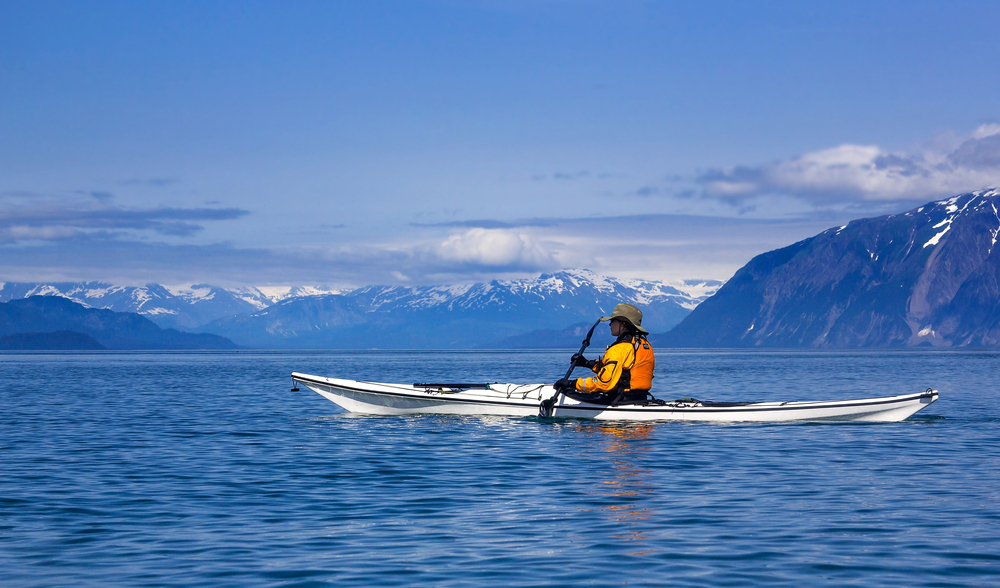
Witnessing glaciers calving into the sea creates a sound unlike anything else on Earth — a thunderous crack followed by silence so complete it feels sacred. Glacier Bay protects over 3 million acres of wilderness where brown bears fish for salmon while humpback whales breach in icy waters. Most visitors experience this park from cruise ships, yet those who venture onto smaller boats or kayaks discover a more intimate connection with this frozen landscape. The scale here dwarfs human concerns, reminding you that some places remain largely untouched by our busy world.
Isle Royale National Park, Michigan
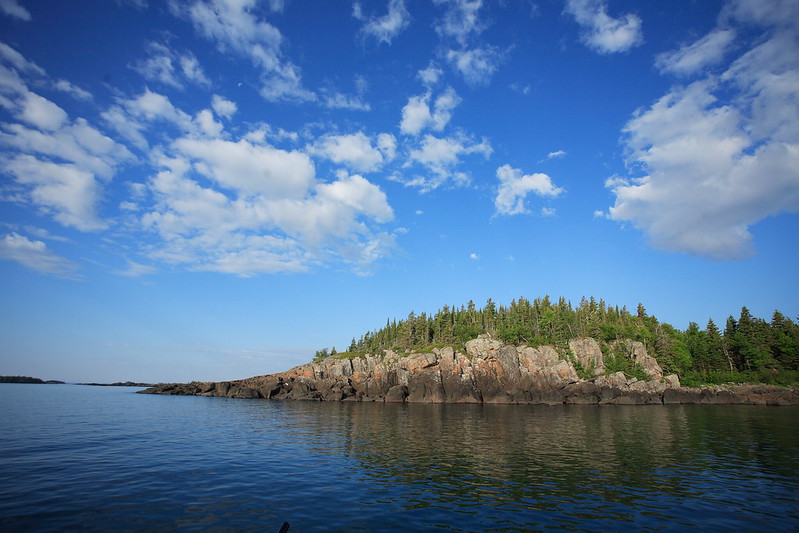
This Lake Superior island park receives fewer visitors in an entire year than Yellowstone sees in a single day — making it a true refuge for those seeking solitude. Reached only by boat or seaplane, Isle Royale feels like a different world where wolves and moose roam freely across 200 square miles of wilderness. The island’s network of hiking trails connects secluded lakes and quiet coves where the only sounds are your footsteps and the distant call of common loons. Backpacking here means carrying everything you need, though the reward is camping spots where you might not see another person for days.
North Cascades National Park, Washington
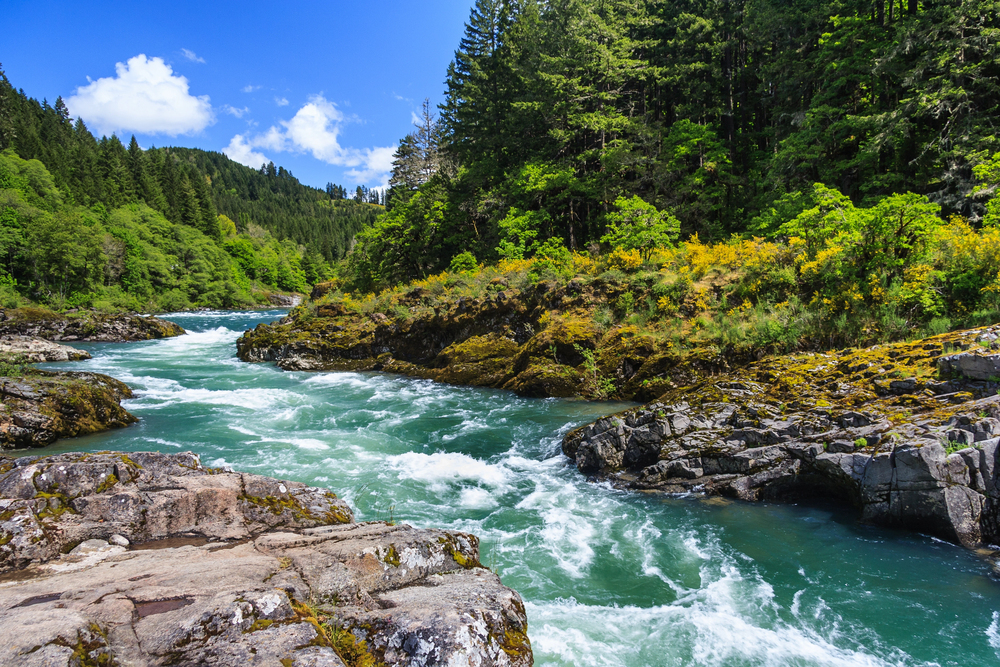
Often overshadowed by its more famous neighbors, the North Cascades offers some of the most pristine alpine wilderness in the lower 48 states. This park protects over 500,000 acres of jagged peaks, pristine lakes, and ancient forests — places where grizzly bears still roam free. The landscape here is raw and unforgiving, carved by glaciers and shaped by volcanic activity that created terrain so rugged that much of it remains unexplored. Hiking here requires serious preparation, yet the payoff is access to places where human footprints are rare and nature calls all the shots.
Congaree National Park, South Carolina
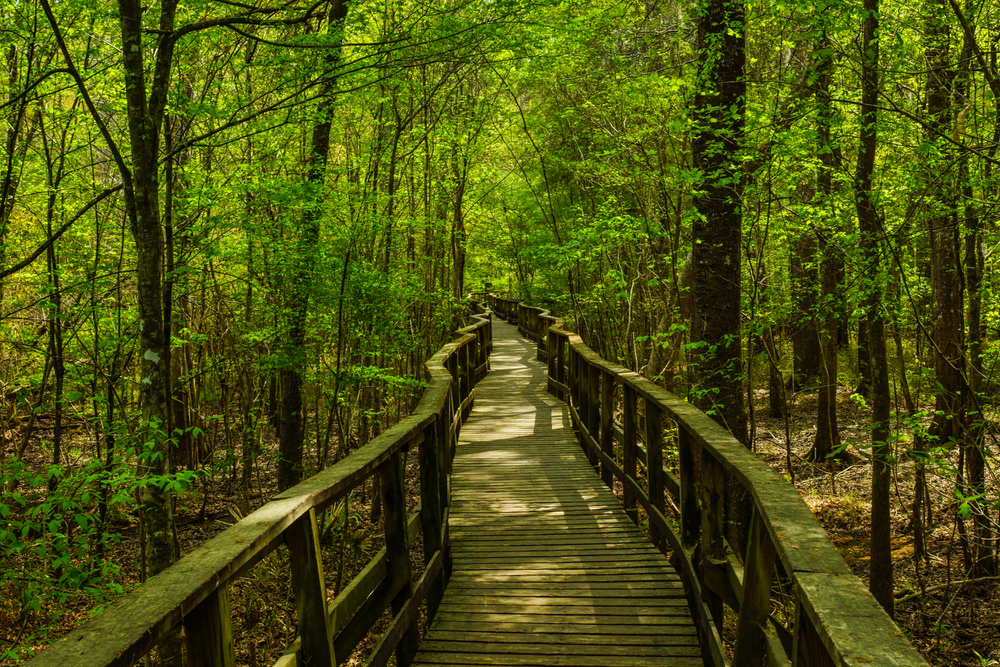
Deep in South Carolina lies one of the last remaining old-growth bottomland hardwood forests in the Southeast, where massive trees create a natural cathedral under towering canopies. Congaree protects champion trees, some of the tallest specimens of their species in the eastern United States, within a swampy environment that feels primordial. The park’s Fireflies Festival in late spring draws visitors to witness synchronized lightning bugs creating a natural light show. Most of the year brings solitude among ancient cypress and tupelo trees, while boardwalk trails let you explore this watery wilderness without getting your feet wet.
Great Basin National Park, Nevada
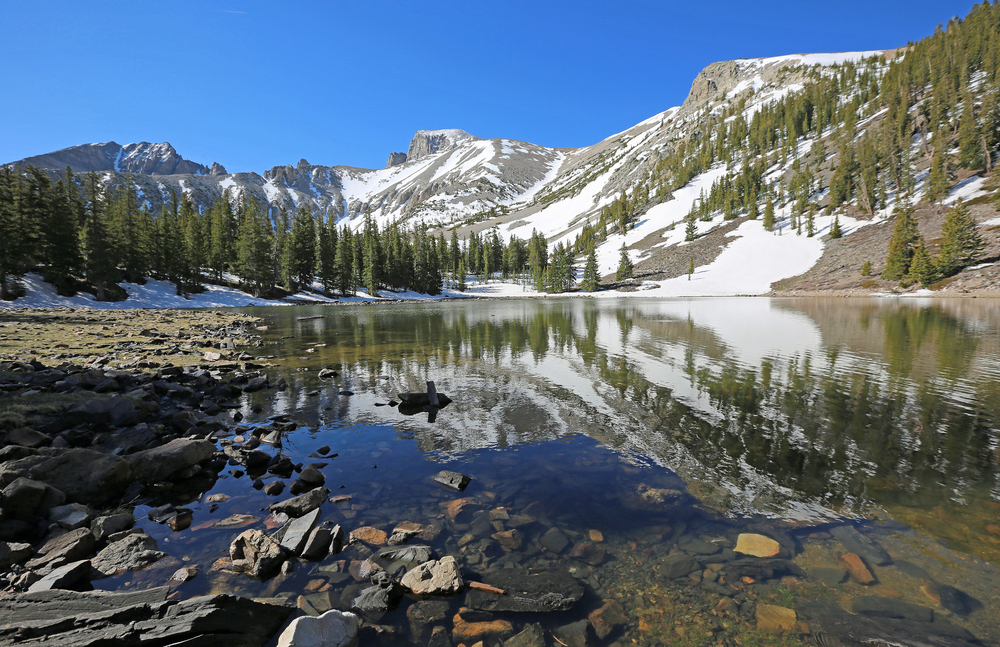
Nevada’s only national park sits in the middle of nowhere, surrounded by high desert and mountain ranges that stretch to every horizon. The Great Basin protects Lehman Caves, ancient bristlecone pines that have survived for thousands of years, and Wheeler Peak, rising over 13,000 feet above sea level. The park’s isolation means some of the darkest night skies in the country, where the Milky Way appears so bright that you can read by starlight. Day hikes lead to alpine lakes tucked into cirques carved by long-vanished glaciers, creating pockets of unexpected beauty in this seemingly barren landscape.
Voyageurs National Park, Minnesota

This water-based park along Minnesota’s northern border with Canada preserves the routes once traveled by French-Canadian fur traders, where lakes and rivers create liquid highways through pristine wilderness. Voyageurs protects over 200,000 acres, most of it water, where the primary mode of transportation remains boats, canoes, and kayaks, just as it was centuries ago. The park’s countless islands and hidden bays offer camping spots accessible only by water, where loons provide the soundtrack and northern lights dance across dark skies. Winter transforms the landscape into a frozen wonderland perfect for cross-country skiing and snowshoeing across ice-covered lakes.
Black Canyon of the Gunnison National Park, Colorado
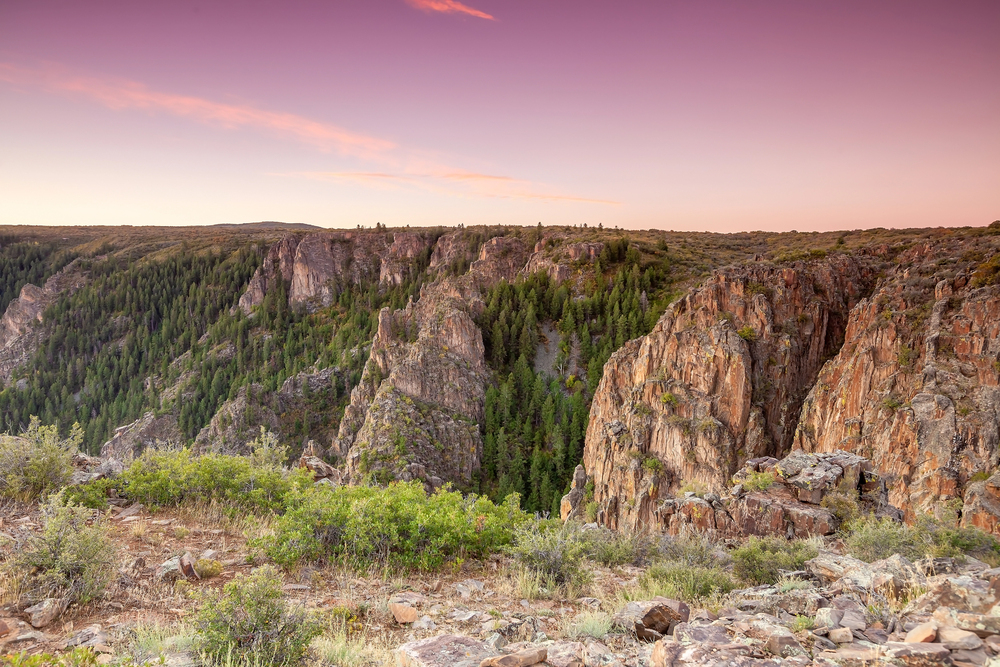
Some of the oldest and hardest rock on Earth creates walls so steep and dark that sunlight barely reaches the canyon floor, earning this place its ominous name. The Gunnison River carved this narrow gorge over millions of years, creating a chasm so dramatic that it seems like a crack in the earth itself. Standing on the rim provides vertigo-inducing views straight down to the river 2,000 feet below, while the canyon’s narrowness creates an intimate feeling despite its massive scale. The park’s small size and remote location mean crowds are rare, giving you space to contemplate geological forces that dwarf human timescales.
Dry Tortugas National Park, Florida
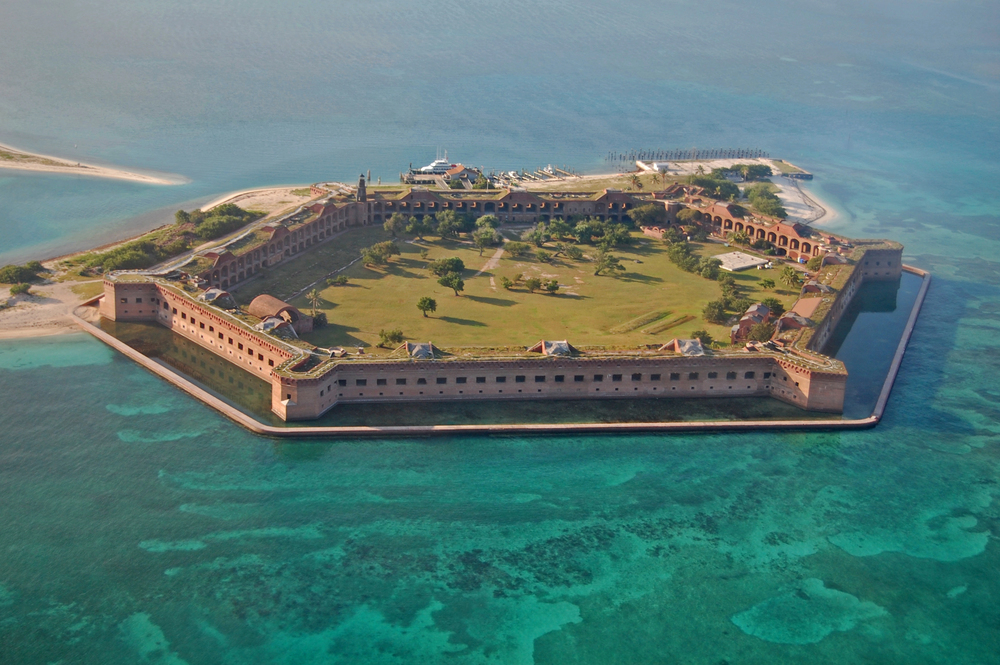
Seventy miles west of Key West lies a cluster of small islands that feel like the edge of the world, where crystal-clear water meets endless sky in every direction. Dry Tortugas protects historic Fort Jefferson, a massive 19th-century fortress that rises from the sea like something from a fever dream. The real attraction here is the surrounding marine environment, where sea turtles nest on sandy beaches and tropical fish swim in gin-clear waters. Camping on Garden Key means falling asleep to the sound of waves and waking up surrounded by an ocean that stretches to every horizon.
Theodore Roosevelt National Park, North Dakota
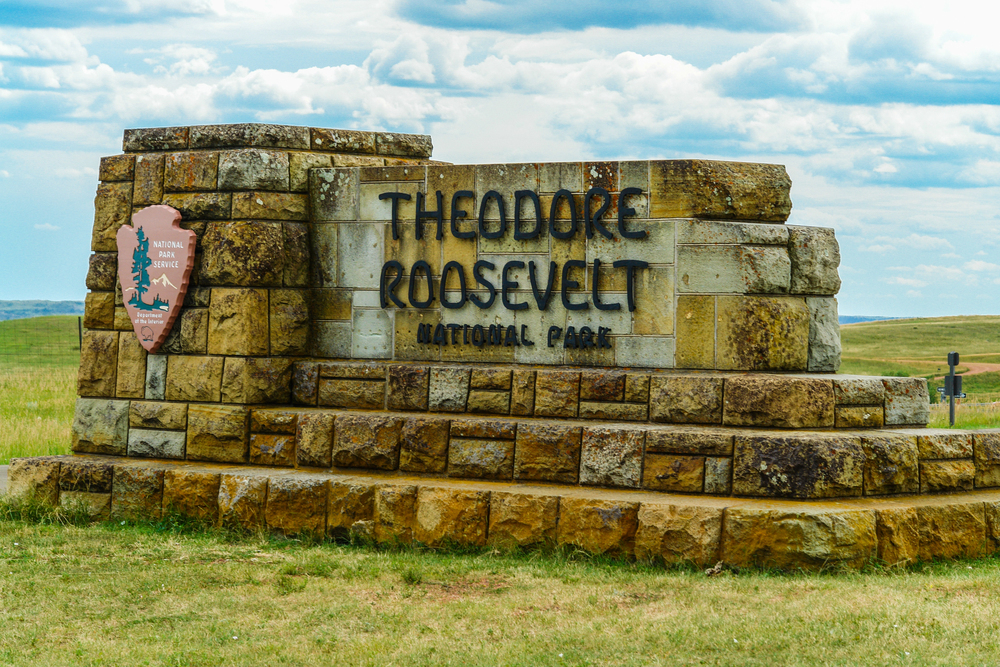
The North Dakota badlands might not top many bucket lists, but this rugged landscape offers a surprising sense of peace and isolation in America’s geographic center. These eroded hills and colorful rock formations stretch to distant horizons, creating a moonscape that somehow feels both alien and deeply familiar. Bison herds roam freely across prairie grasslands, while prairie dog towns create bustling communities in the midst of seeming emptiness. The park’s three units protect different aspects of this ecosystem, from river bottomlands to high prairie, all connected by the Little Missouri River winding through painted canyons.
Gates of the Arctic National Park, Alaska
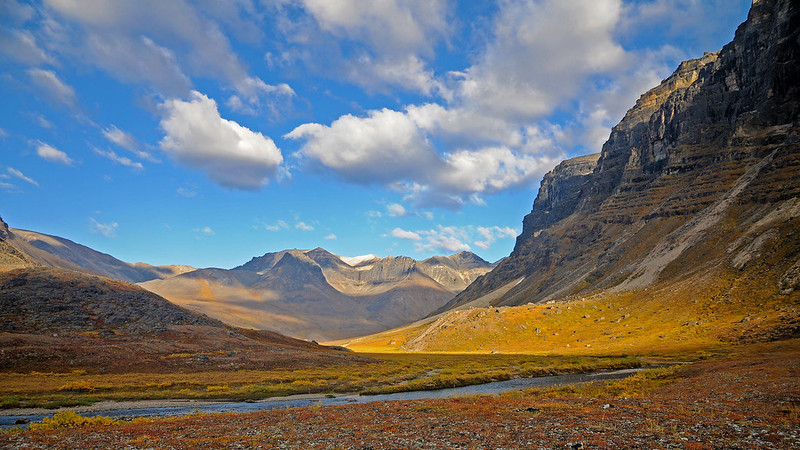
America’s northernmost national park exists without roads, trails, or visitor centers. Just 8.4 million acres of arctic wilderness where you’re truly on your own. Gates of the Arctic protects the central Brooks Range, where jagged peaks rise from tundra that stretches beyond every horizon. Visiting here requires serious planning and backcountry skills, but rewards you with landscapes that few humans ever witness. The midnight sun of summer gives way to aurora-filled winter nights, creating seasonal rhythms that feel almost supernatural in their intensity.
Where Silence Still Lives
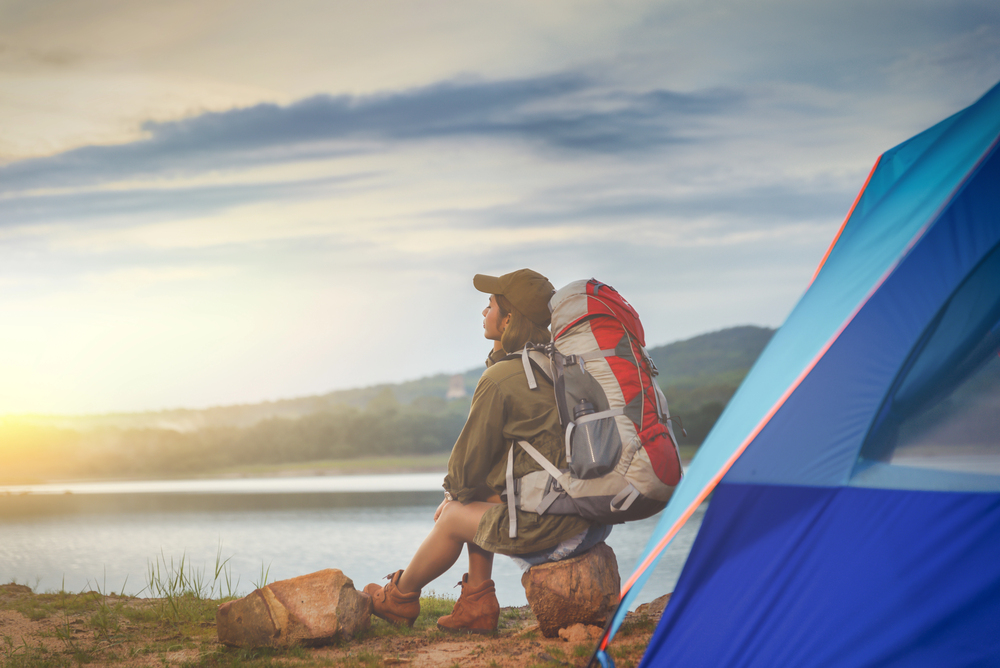
These destinations remind us that despite our connected world, places of genuine quiet still exist across America. From desert canyons carved by time to island parks surrounded by endless water, each location offers its own version of peace. The effort required to reach these places, whether by boat, plane, or simply driving hours from the nearest city, becomes part of their appeal. It filters out casual visitors and preserves the solitude that makes them special. In our rush toward an increasingly noisy future, these quiet corners of America become more precious with each passing year.
More from Travel Pug

- 20 Best Beach Towns in the Carolinas
- 13 Destinations Where Tourists Regularly Regret Their Trip
- 20 Things You Actually Get in First Class
- 20 Small Airports With Aviation Museums
- 20 Places in the U.S. That Are Perfect for a Reset Trip
Like Travel Pug’s content? Follow us on MSN.
